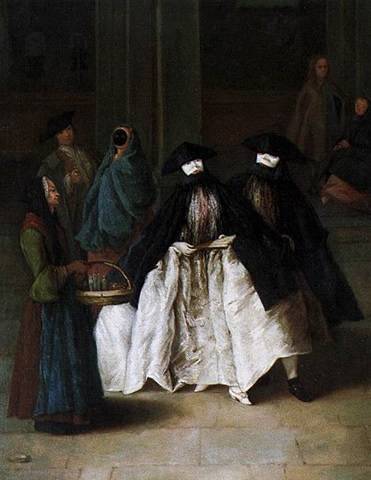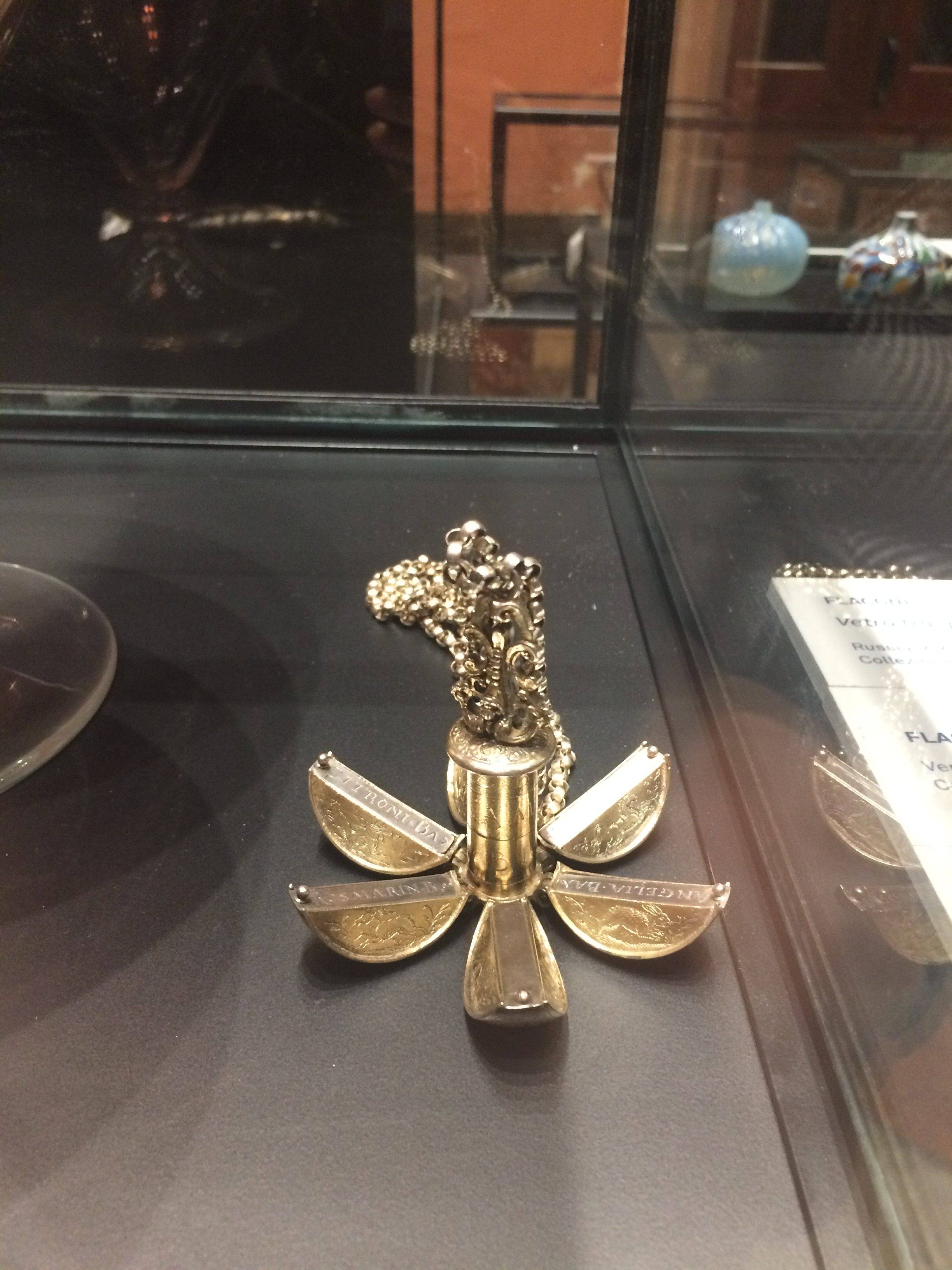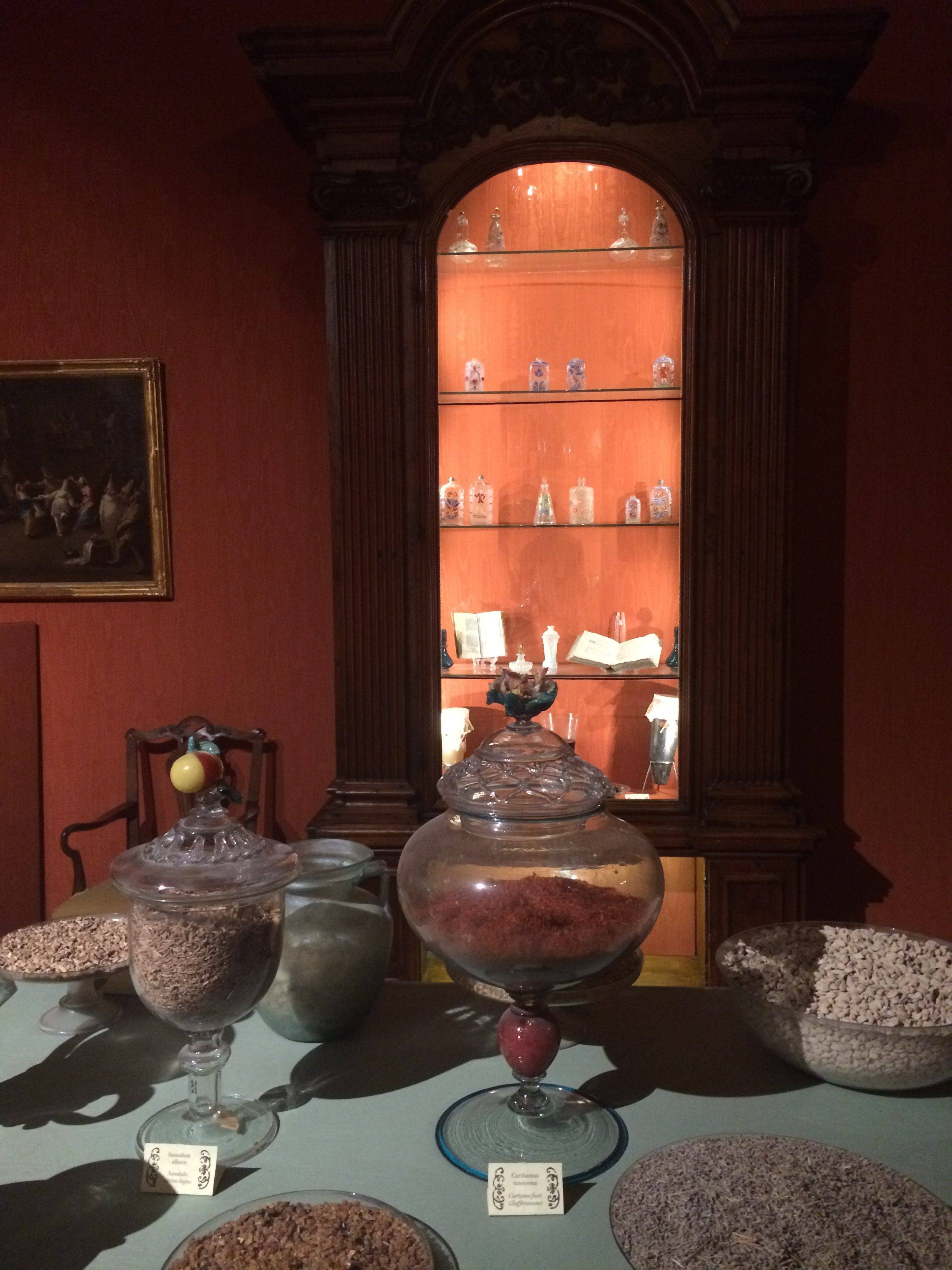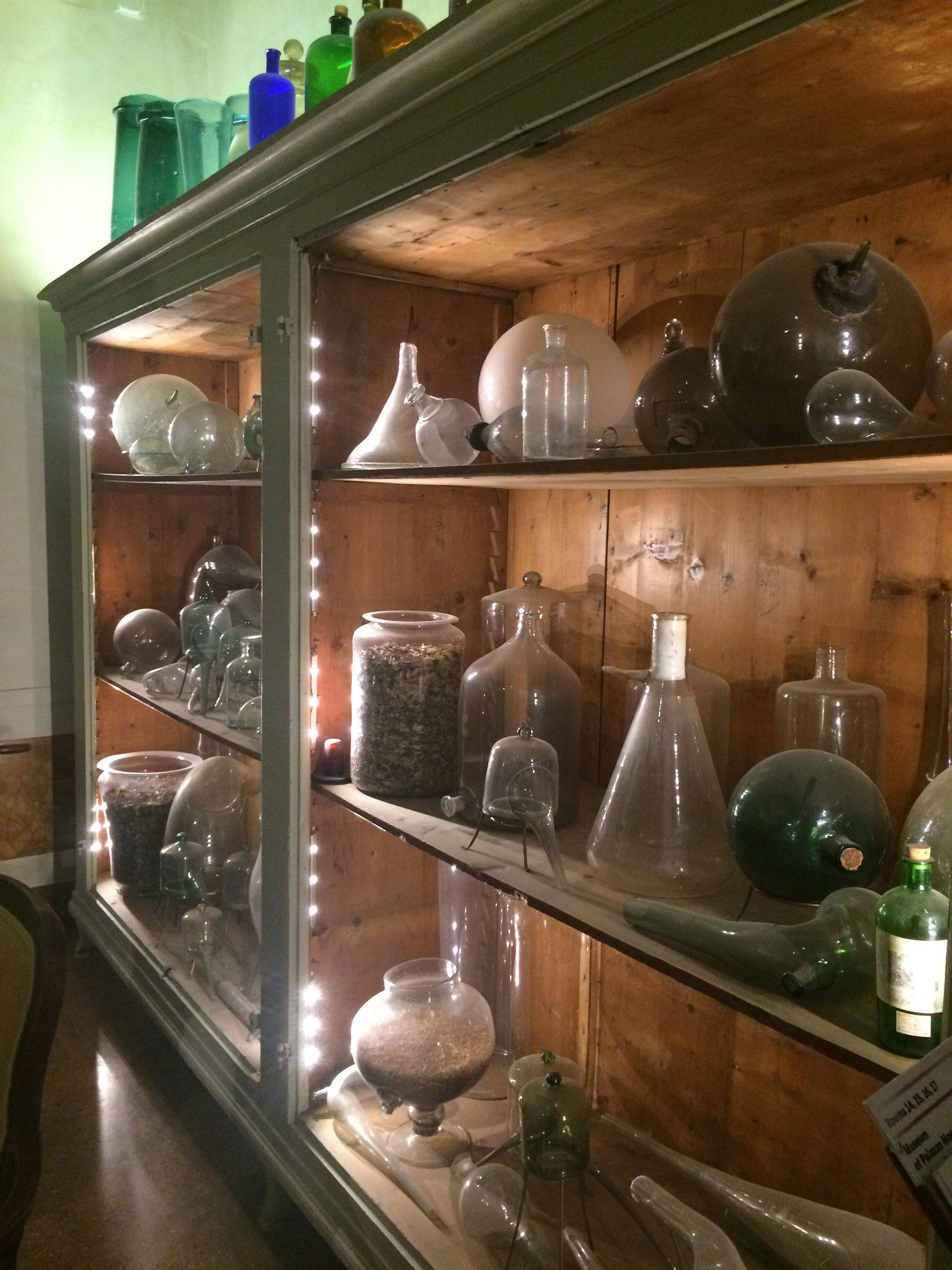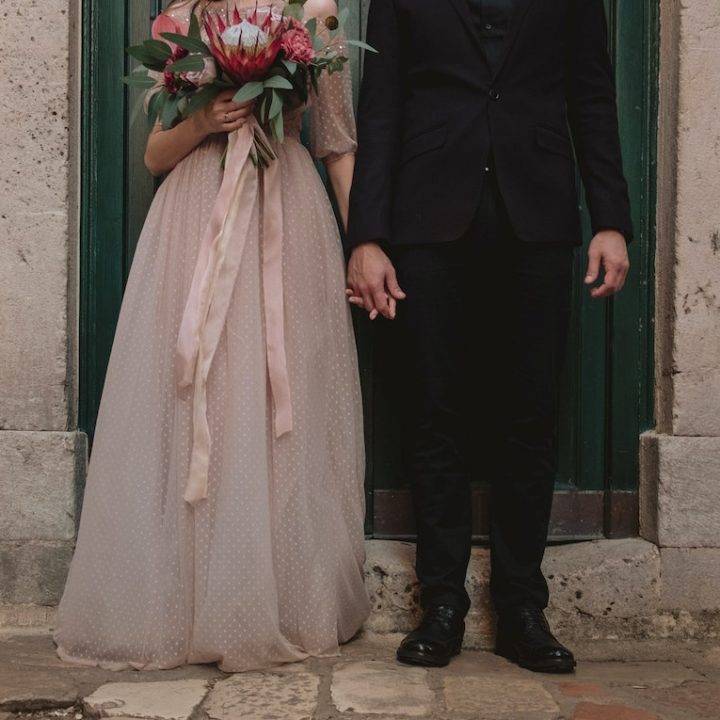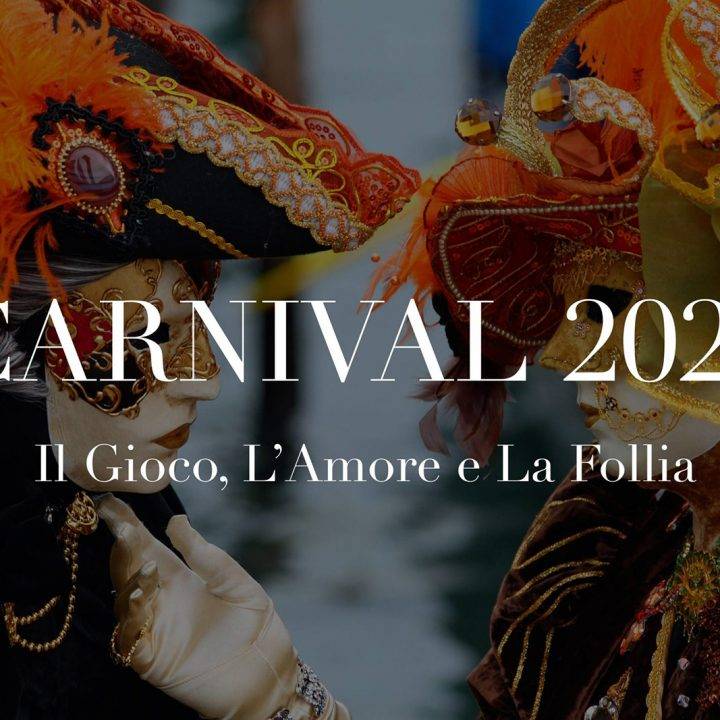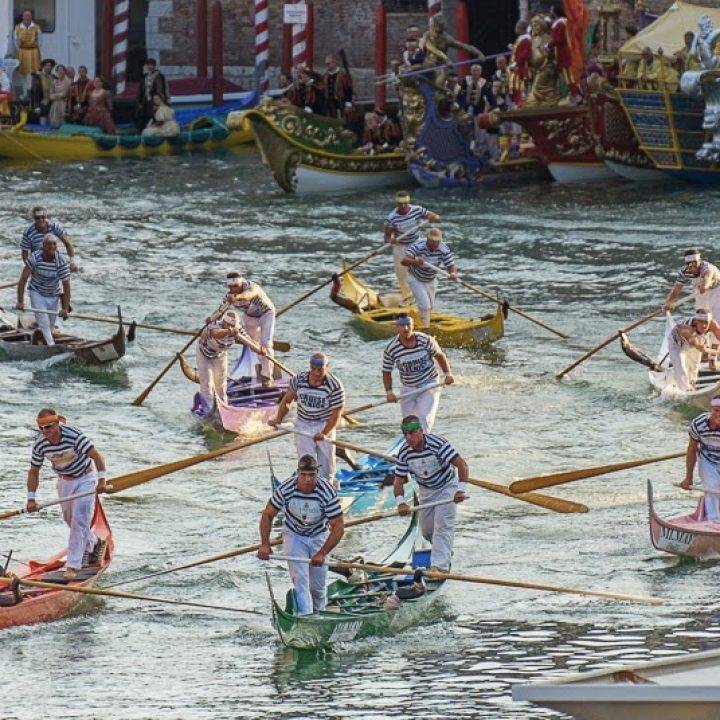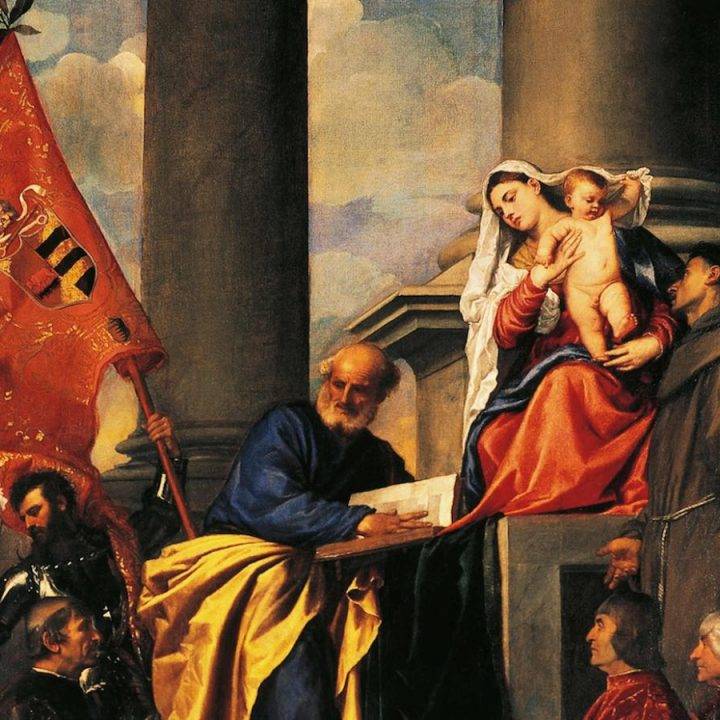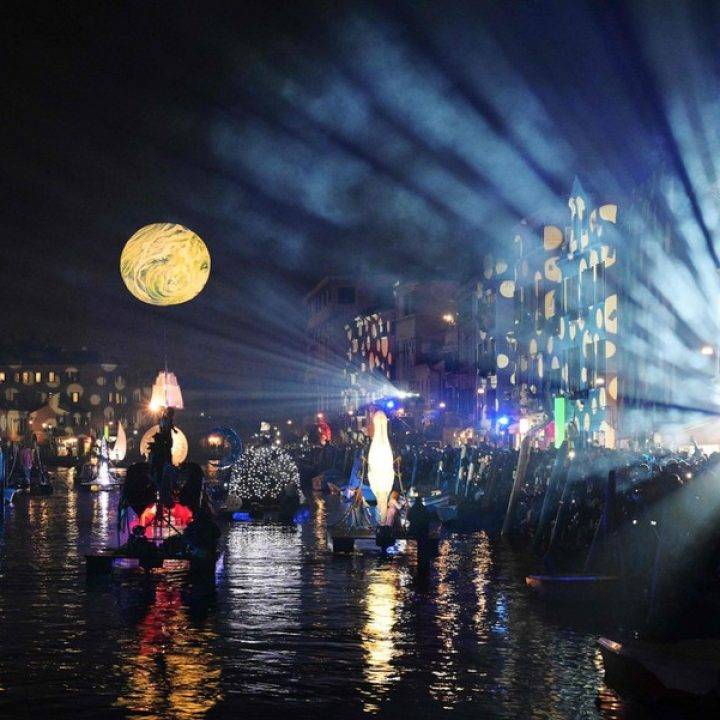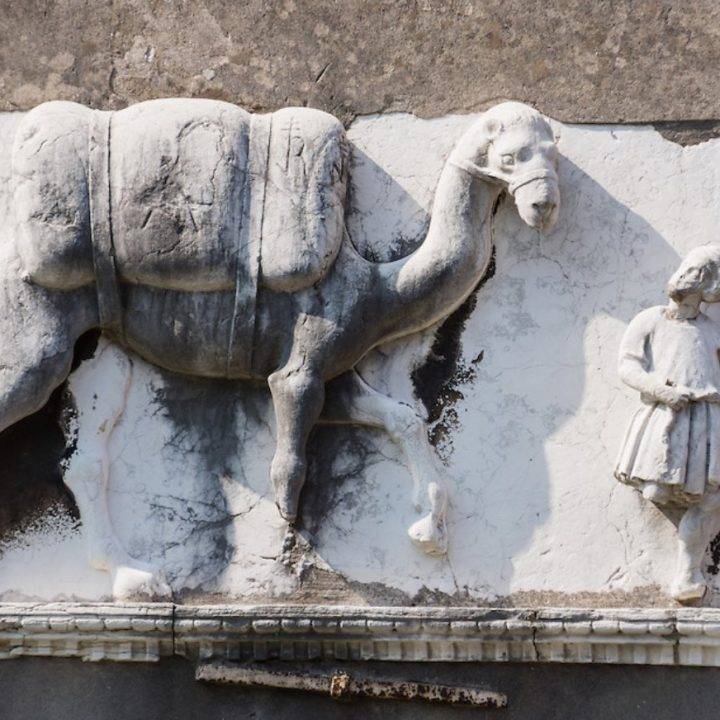‘A man’s soul is his scent … He who ruled scent ruled the hearts of men’ Patrick Süskind, Perfume, 1985
The history of Perfume is inextricably tied to that of the wealth, religion, and allure of Venice. The fascination that we have with it is understandable, almost inevitable when we consider the air of mystery, exclusivity, and seduction that has surrounded its extraction, production and uses (At least since entering the courts of the royals and bed chambers of the wealthy). One story that I particularly liked was that of Caterina de’ Medici who moved to France upon her marriage to the French Prince and brought her own Master perfumer with her. He was charged with creating new recipes, and there was a secret passage that ran from his laboratory straight to her chambers so as to be sure that there was no chance of the secret concoctions arriving into foreign hands.
Palazzo Mocenigo, located by the fermata San Stae (in the Santa Croce Area), has grown into a tribute to the senses of the city and its greatest achievements. Initially starting with the careful restoration of the Palazzo itself, and then introducing the traditional dress (costumes), textures and glass works. Therefore it was the obvious choice when the Vidal Family (responsible for the exhibition) were searching for the appropriate place to revive the Venetian tradition of perfumes and essences (the focus of this article). This Museum really is unique in its capacity to transport you back in time. The building itself has been meticulously preserved, but when we consider that the smells and textures are those that would have been familiar to Venetians of centuries ago, there is very little that remains reminding you of the 21st Century. For this reason, on more than one occasion I have lost track of time whilst enjoying this exhibition.
The Perfume Rooms
On the ground floor, you are introduced to the glass vessel designs, varying from silver segments of orange to glass pistols. Demonstrating how not only the design of scents became an art form but also the container in which it was presented.
However, the substance of the exhibition is housed in the rooms upstairs. As you arrive from the stairwell, the door in the top left-hand corner leads you to the route dedicated to perfume. Alternatively, the door immediately to your left will lead you around the entire exhibition.
However, today I followed my nose to the perfume rooms…..Beautifully curated, you are walked slowly through the process stage by stage. At the beginning there are twenty-four essences in Murano glass containers, split into their respective ‘fragrance families’. Each one explained via the help of interactive tablets. There is a brief description of their origin and the health benefits attributed to them. To me, this was the most enjoyable part, because you are encouraged to experiment and learn about the history, which is always a pleasure. However, considering the fact that the olfactory sense is the most connected to memory, moving around the table of smells can be an incredibly evocative and personal experience. Reemphasizing the importance and power of perfume.
The consecutive rooms gradually build to show how combinations were chosen and the perfume that we are familiar with nowadays has evolved. In the far room, there is an authentic laboratory. This adds another level of intrigue to the art of perfume making because it is rare to see beauty and science so codependent.
The maps of the famous Silk Route and the various routes of Venice’s merchants. It is almost unfathomable for us nowadays, seeing the distances traveled all in search of beauty. Venice quite rightly became the forerunner of everything beautiful, and this is evident in every element of the Palazzo; the Murano Glass containers, the silk embroidered waistcoats, the masterful frescos, but most subtly and seductively in the aromas.
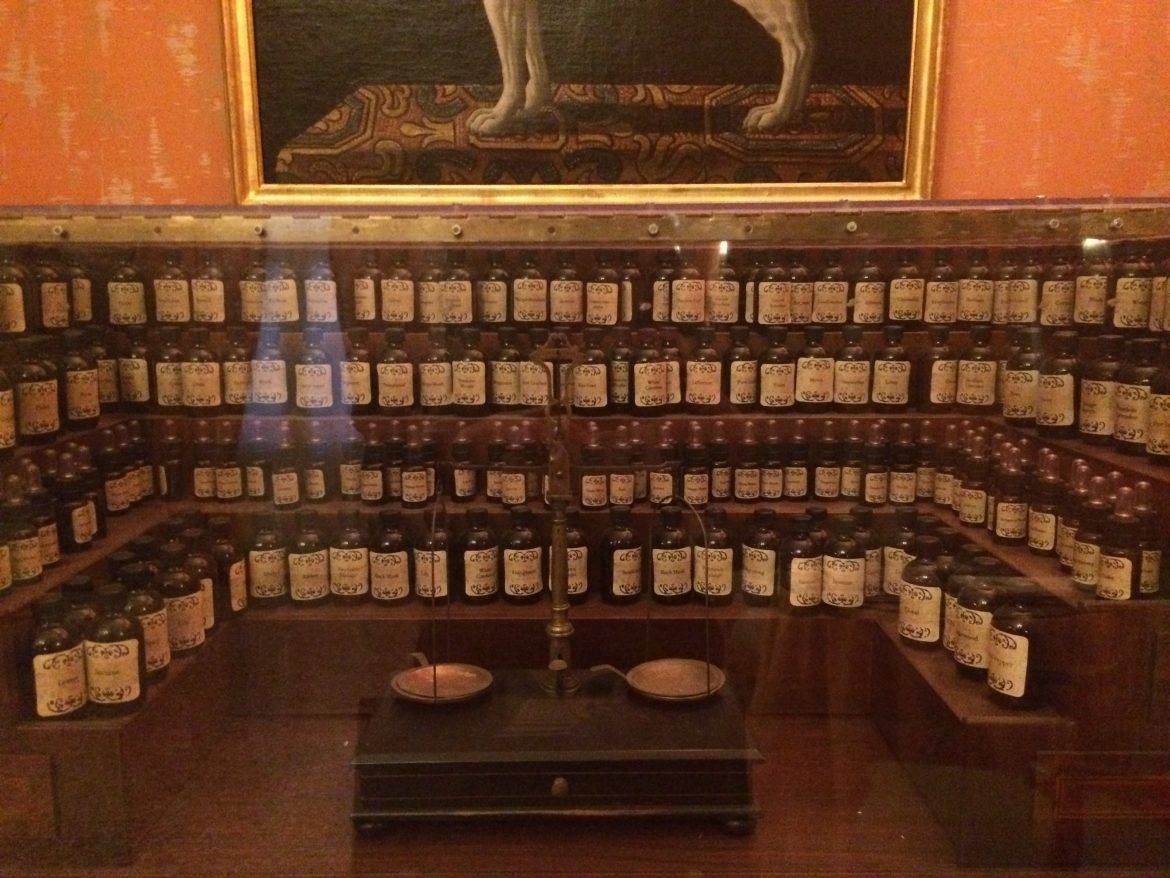
Finally, here is a link to the Perfume Workshops that are also available but requires pre-booking.

